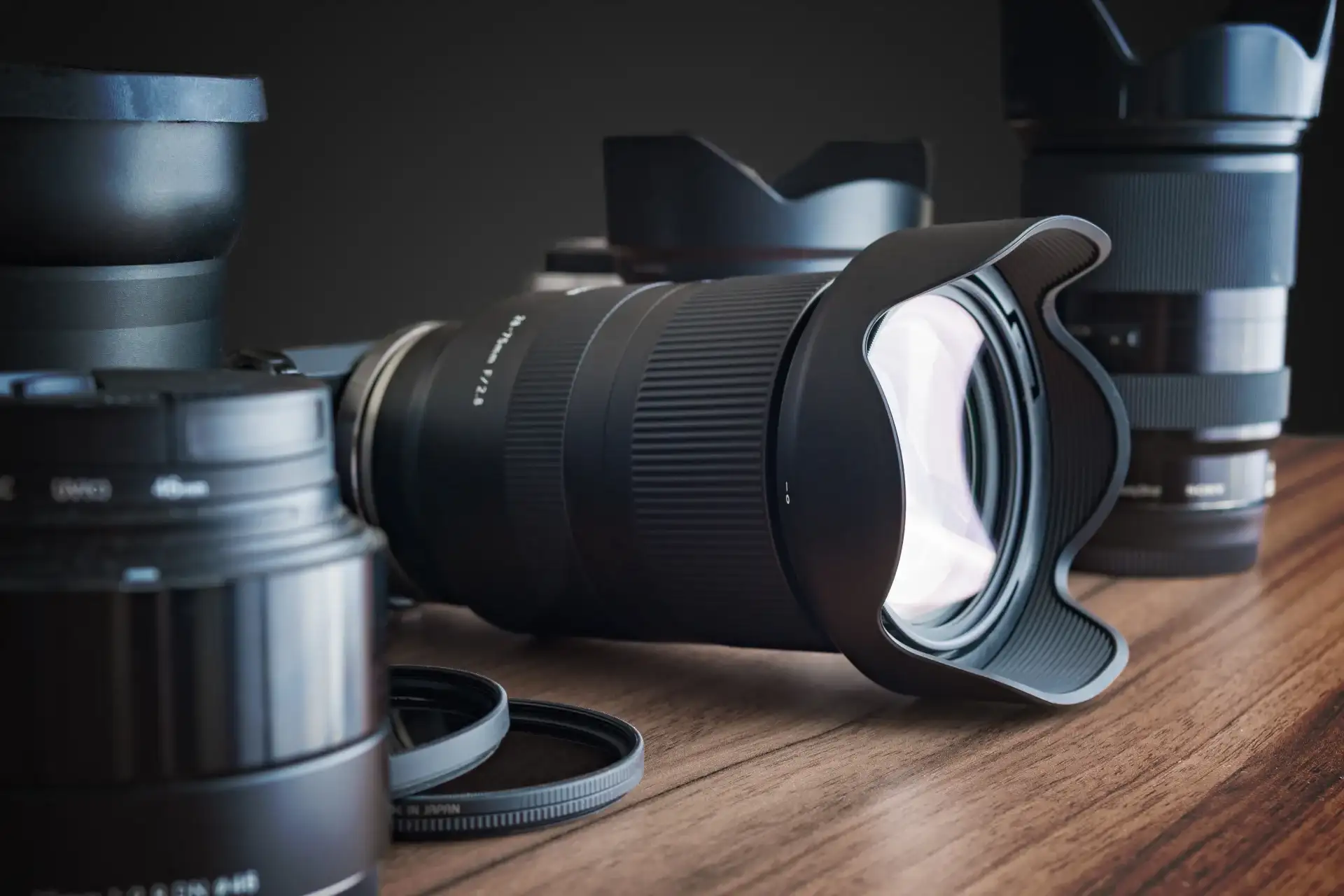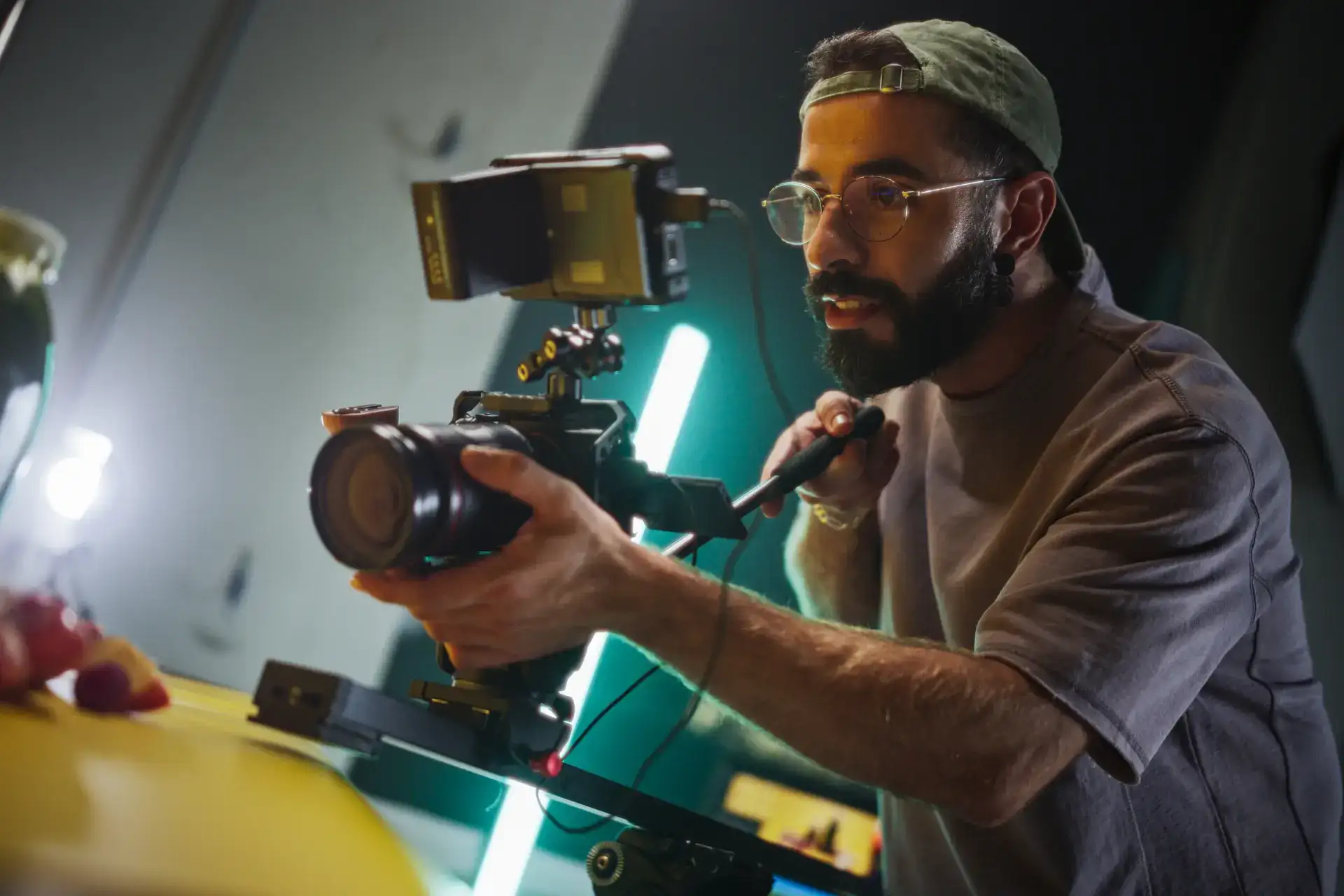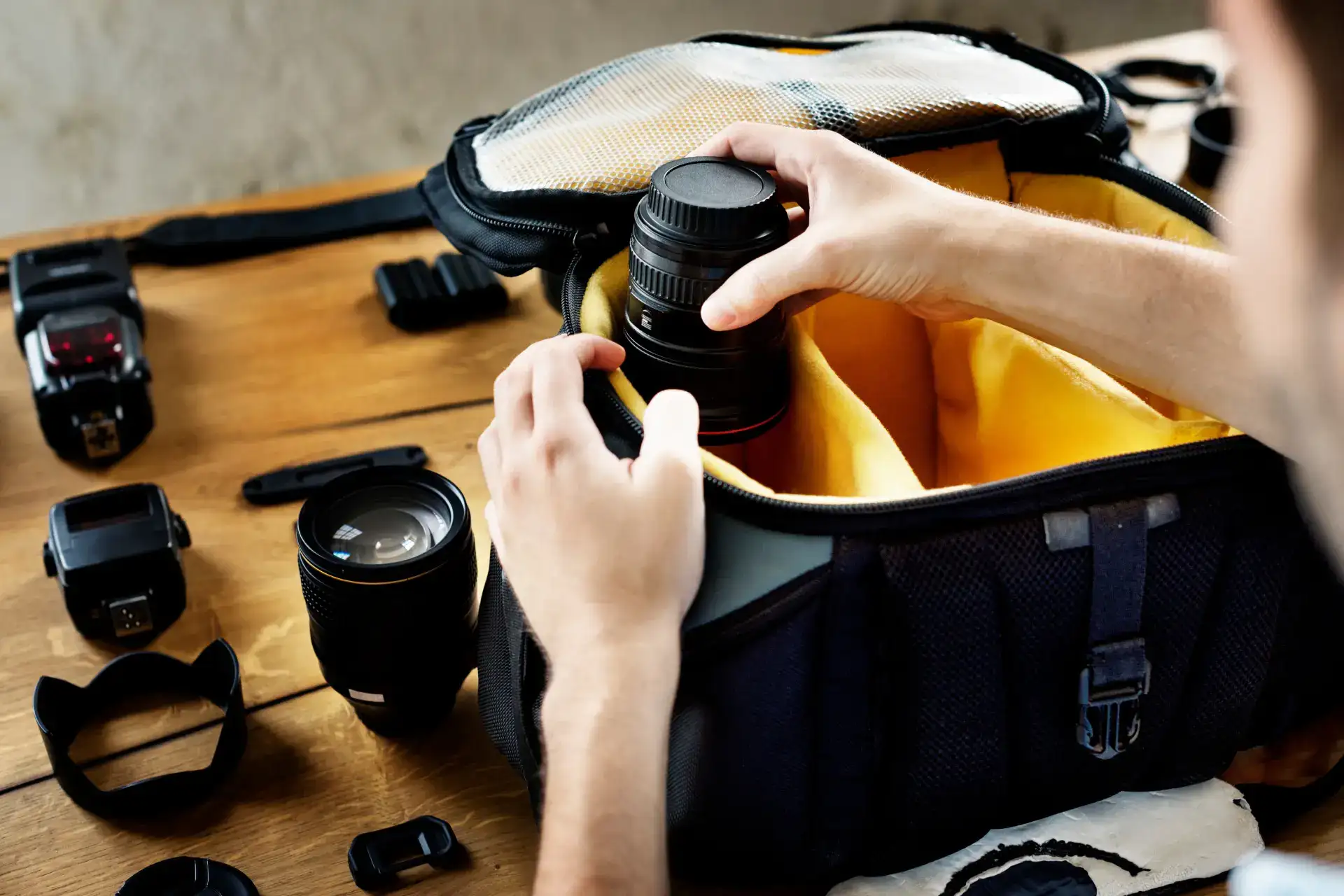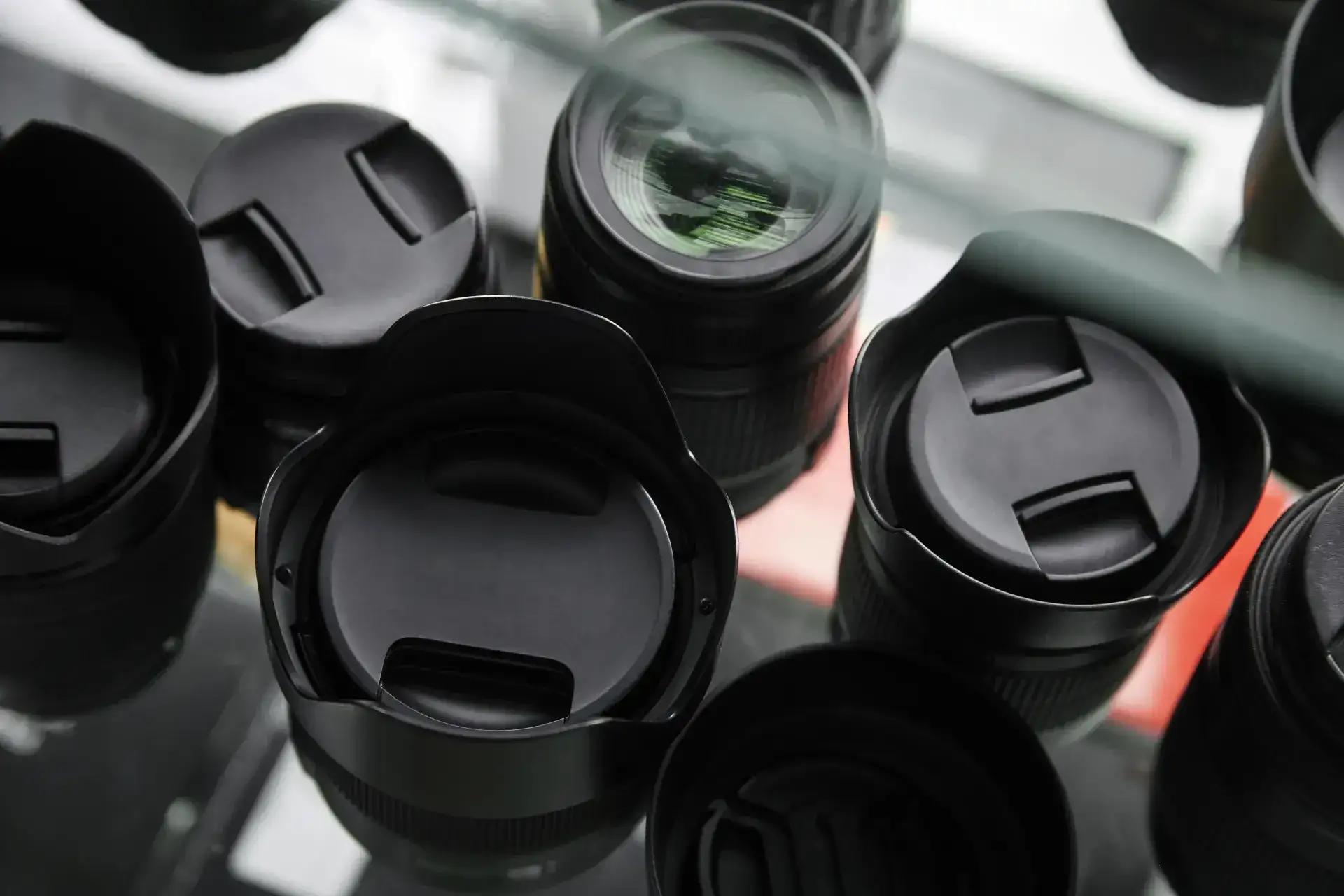Picture this: Your customer is minutes away from a crucial live event and they suddenly realize an essential microphone is missing. Sound familiar? Such scenarios are all too common in audiovisual rental. Customers renting audiovisual equipment frequently face challenges with misplaced or lost small equipment, leading to delays, added costs, and unnecessary stress.
Small equipment identification plays a crucial role in the success of any audiovisual rental business. It ensures that even the tiniest items, like microphones, SD cards, or power adapters, are managed properly. By implementing effective strategies for identifying small equipment, you can streamline your audiovisual rental workflow, minimize losses, and ensure that your customers’ productions run smoothly from start to finish.
Start your rental business for just $29/month
Put your toes in the water and test the demand in your area with a rental website for just $29/month.
The importance of small equipment identification
In audiovisual rental, focusing on larger items like cameras and lighting rigs is easy, but small equipment identification is often overlooked. Items such as XLR cables, wireless microphones, and batteries are essential to the success of any event or production. Proper small equipment identification ensures that production runs smoothly and prevents potential breakdowns caused by missing equipment.
Here are some reasons why small equipment identification should be a priority:
1. Cost efficiency
Small equipment may seem insignificant, but when you consider the cumulative cost of repeatedly replacing items like microphones or cables, it’s clear that proper identification of small equipment can lead to substantial savings in your audiovisual rental budget.
2. Workflow continuity
Imagine your customer in the middle of an event only to realize a key adapter or cable is missing. Without proper small equipment identification, this could halt production, causing delays and missed deadlines. Ensuring that every piece of small equipment is accounted for guarantees smooth workflow in audiovisual rental.
3. Quality control
Small equipment identification ensures that every tool, from batteries to SD cards, is accounted for and in working condition. Ensuring that all small equipment is functional and easy to locate in audiovisual rental helps give customers the right equipment and prevents technical issues.
Effective identification strategies
Now that the importance of small equipment identification in audiovisual rental is clear, it’s time to explore implementing an identification system. Whether you’re a small team looking for budget-friendly solutions or a large organization, the following strategies can help you improve accuracy and reduce loss.
1. Color coding
One of the simplest and most effective ways for small equipment identification is through a color-coding system. Assigning different colors to specific categories of equipment helps make identification quick and intuitive:
- Red for audio equipment like microphones, cables, and transmitters.
- Blue for video accessories such as lens caps, filters, and mounts.
- Green for power-related items like batteries, chargers, and power adapters.
- Yellow for data storage devices like memory cards and external hard drives.
Color coding helps streamline small equipment identification and reduces the chances of misplacing essential tools.
2. Barcodes and QR codes
Leveraging technology to improve small equipment identification can significantly enhance your workflow. Barcodes and QR codes are an excellent way to streamline the tracking process:
- Apply durable barcode or QR code stickers to each piece of equipment.
- Use mobile apps to scan items when checking them in and out of storage or production locations.
- Integrate this system with inventory management software for real-time updates on equipment status, including location and condition.
This approach to small equipment identification helps prevent losses and ensures quick retrieval during audiovisual rental.
3. Engraving and labeling
For items that are too small or difficult to tag, engraving or labeling can be an effective small equipment identification method:
- Use a label maker to create clear, consistent labels for cables, cases, or smaller equipment.
- Engrave your company name or unique identifiers on metal or plastic equipment surfaces such as microphones, power adapters, or camera mounts.
- Consider UV marking for discreet small equipment identification, which can be helpful in larger event setups.
Engraving and labeling are simple yet effective ways to ensure that small equipment is easily identifiable and traceable during production.
4. Inventory management software
Implementing inventory management software can be a game-changer for small equipment identification. It allows you to track every piece of equipment, from batteries to memory cards, with ease:
- Use software to track equipment usage, availability, and location.
- Assign unique identifiers to each piece of equipment for easy tracking.
- Integrate barcode or QR code scanning for efficient check-ins and check-outs.
Inventory management software streamlines small equipment identification and ensures that every item is accounted for during audiovisual rental.
Start with building your rental website
Every new rental business starts with a website to get their first bookings.
Best practices for implementation
Having the right small equipment identification strategies is only half the battle - the real challenge lies in successfully implementing these systems into your day-to-day operations. Even the most sophisticated tracking method can fall flat if it’s not correctly integrated into your team’s workflow or if it’s met with resistance from staff accustomed to “the old way” of doing things. Here are some best practices to ensure long-term success:
-
Create a standardized naming convention: A consistent format for labeling equipment will reduce confusion when multiple team members handle similar small items. Proper labeling streamlines the process of small equipment identification.
-
Train all team members: Ensure that everyone involved in the production understands the small equipment identification system. Proper training minimizes mistakes and helps keep track of all items.
-
Regularly audit and update your inventory: Schedule routine checks to verify the location and condition of all your equipment. Auditing your inventory regularly allows you to update your small equipment identification system as items are lost, replaced, or upgraded.
-
Implement a check-in/check-out system: Require team members to log equipment in and out, making them responsible for specific items. This is an effective way to track usage and enhance small equipment identification during production.
-
Use weatherproof labels for outdoor events: Make sure your small equipment identification system accounts for environmental factors when shooting or attending outdoor events. Weatherproof labels help ensure that equipment is identifiable even in harsh conditions.
Most important takeaways
The importance of small equipment identification: Properly identifying and managing small equipment is crucial in audiovisual rental, ensuring cost efficiency, maintaining workflow continuity, and preventing disruptions caused by missing items.
Implement color coding: Use color coding to categorize small equipment by function—red for audio equipment, blue for video accessories, green for power items, and yellow for data storage devices—for faster recognition and reduced loss.
Leverage barcodes and QR codes: Incorporate barcodes or QR codes on small equipment to streamline check-ins and check-outs, and integrate this system with inventory management software for real-time updates.
Use engraving and labeling: Engrave or label small items like microphones and adapters for permanent identification, or use UV markings for discreet yet effective labeling, especially for high-value equipment.
Regularly audit your inventory: Conduct routine audits and implement a check-in/check-out system to ensure accountability for small equipment, keeping your production workflow smooth and avoiding delays from misplaced items.




